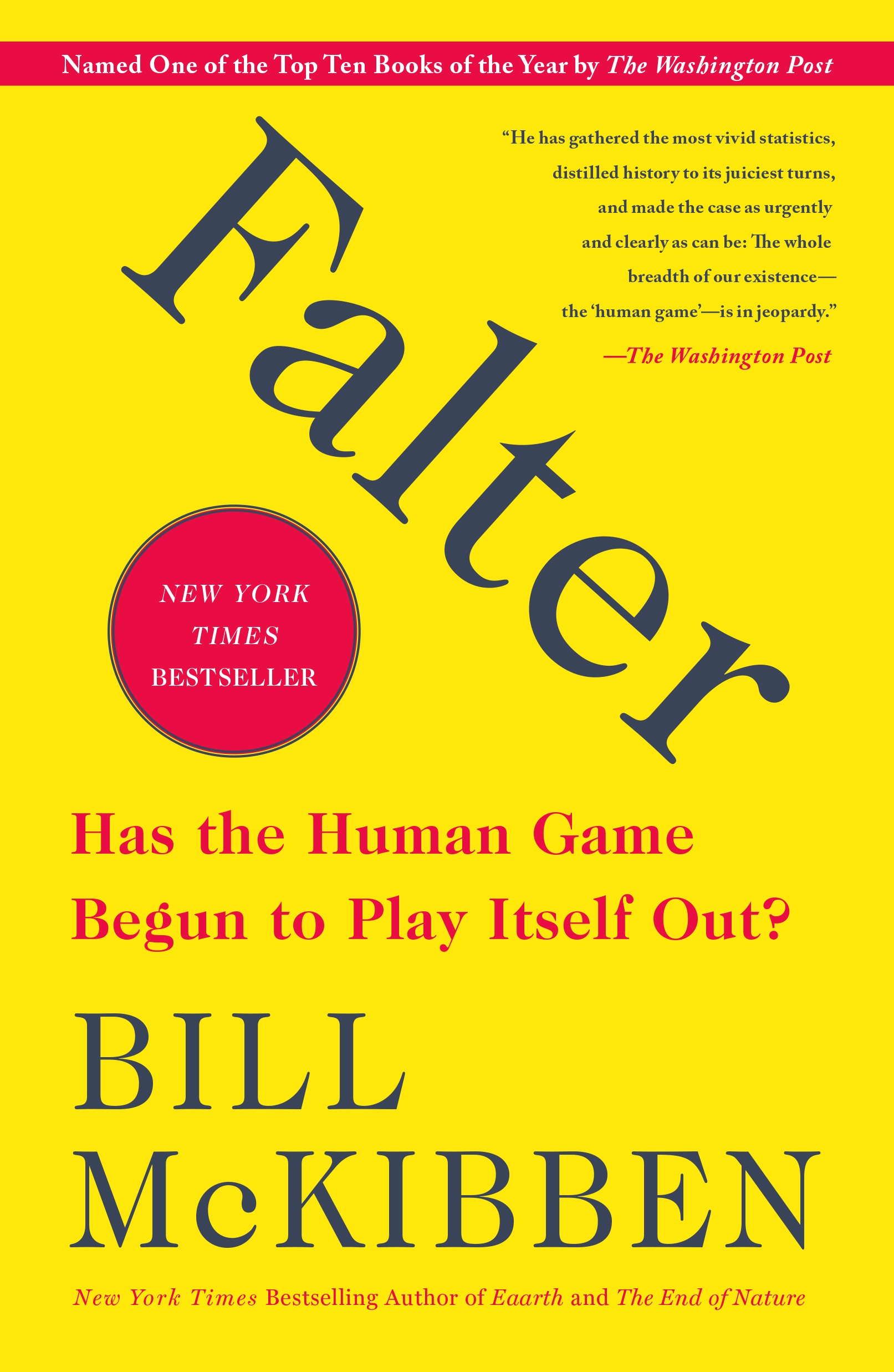Genocide, Airpower, And Intervention: A Rwandan Case Study
by Air University (u.s.). Air Command And S
2021-01-03 20:21:04
Genocide, Airpower, And Intervention: A Rwandan Case Study
by Air University (u.s.). Air Command And S
2021-01-03 20:21:04
In response to a question about believing in God, Lieutenant General Romeo Dallaire, commander of the United Nations peace keeping force in Rwanda, known as the United Nations Assistance Mission for Rwanda or UNAMIR, stated that he had shaken hands w...
Read more
In response to a question about believing in God, Lieutenant General Romeo Dallaire, commander of the United Nations peace keeping force in Rwanda, known as the United Nations Assistance Mission for Rwanda or UNAMIR, stated that he had shaken hands with the devil in Rwanda, and since he knew the devil existed, he had to believe in God.1 While most Americans simply changed the channel during news broadcasts of the savage violence that decimated Rwanda, the 2,548 members of UNAMIR and the estimated 800,000 people that were murdered during 100 days of organized killing could not. In the aftermath of this tragedy, four clear questions emerge. The first question is why the perpetrators pursued genocide as a final solution. Before answering this question, one must first understand three ingredients that set the stage for selecting genocide as a viable course of action. These include a history of ethnic conflict, devaluation of human life, and a small group that believed in the final solution.
Less






























